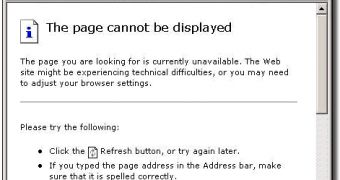A new type of threat is now aiming to be distributed using the memory sticks connected to the USB ports and installing on the users' computers. The way the virus works is quite simple: it is automatically transferred to an USB stick connected to the computer and then it will install on a new system when the memory stick is connected. Security company Sophos sustained it is a W32/SillyFD-AA worm that tries to create a file called autorun.inf that will be started automatically by the Windows operating system. It seems like the first sign of the infection is the change of Internet Explorer's homepage that will be renamed to "Hacked by 1BYTE".
"With USB keys becoming so cheap they are increasingly being given away at tradeshows and in direct mailshots. Marketing people are prepared to use them as 'throwaways' with the aim of securing sales leads. Computer owners should tread very carefully when plugging an unknown device into their PC, however, as it could have malicious code planted on it. With a significant rise in financially motivated malware it could be an obvious backdoor into a company for criminals bent on targeting a specific business with their malicious code," said Graham Cluley, senior technology consultant for Sophos, according to an article published by the security company.
Although there is no 100 percent solution to fight against the virus, Sophos sustained it is safer to disable the autorun function over the removable devices and scan the content of the USB memory sticks with a powerful antivirus. You are also advised to avoid opening untrusted files distributed via email, floppy disks, CD-ROMs or other devices and scan them before the first run.

 14 DAY TRIAL //
14 DAY TRIAL //